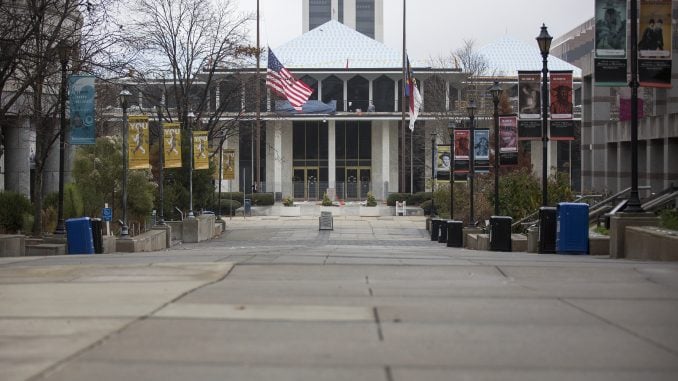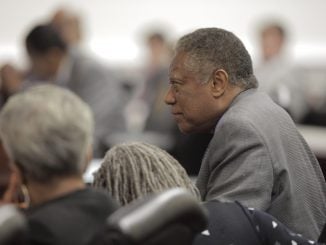
RALEIGH — Judicial redistricting was back on the agenda this week as a joint committee for judicial redistricting held meetings on Monday. A newly drawn map was rolled at the Joint Select Committee on Judicial Reform and Redistricting as legislators from both chambers continued to discuss judicial workloads and the possibility of merit-based selection of judges.
Democrats continued to attack the maps — drawn by GOP members — as lacking criteria, including race, party and incumbency. Rep. Justin Burr (R-Stanly) said the judicial districts were based on geography and workload along with population. “We are working to make these districts reflect the current workload rather than the workload of the 1960s and ’80s,” said Burr.
The committee spent significant time discussing the workloads of judges and how time on the bench and time in chambers affects the number of judges needed. The committee also discussed multicounty districts which can affect the availability of judges and prosecutors in sparsely populated areas.
Little time was spent on potential merit-based selection of judges, which has been a hot topic for incumbent judges and members of the General Assembly in both the House and Senate.
While the newly unveiled maps were the primary focus, committee co-chair Rep. David Lewis (R-Harnett) said the maps were not final and signaled that further changes were likely. “There continues to be suggestions from the public that help improve the maps,” said Lewis.
In another sign that the maps will changed, Burr said, “We requested feedback on the maps and will take those comments into consideration as we continue to finalize a potential plan for the committee to consider.”




